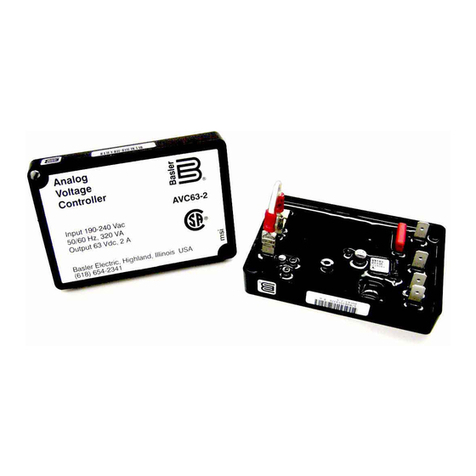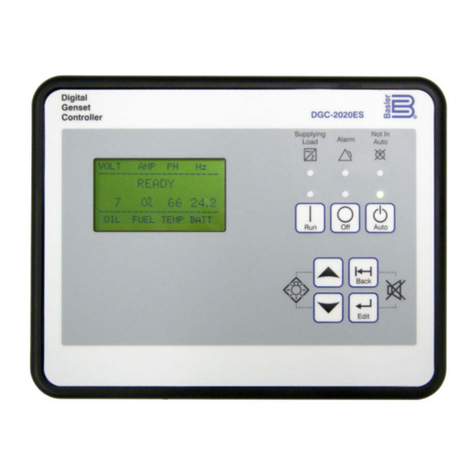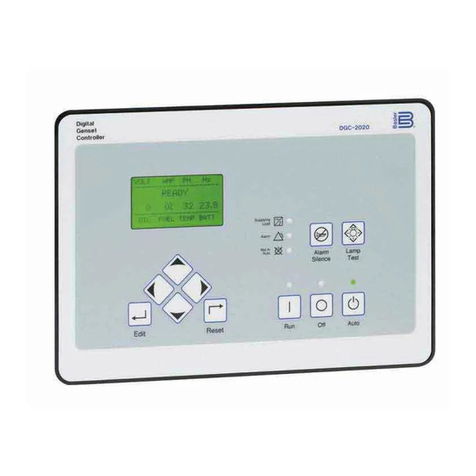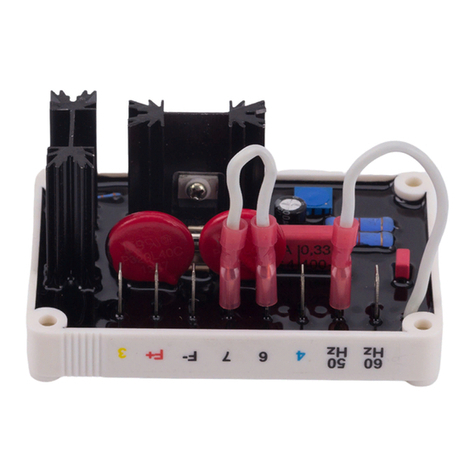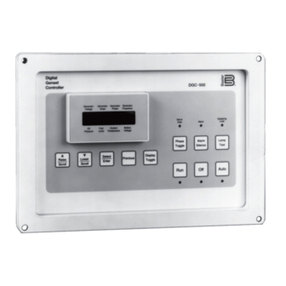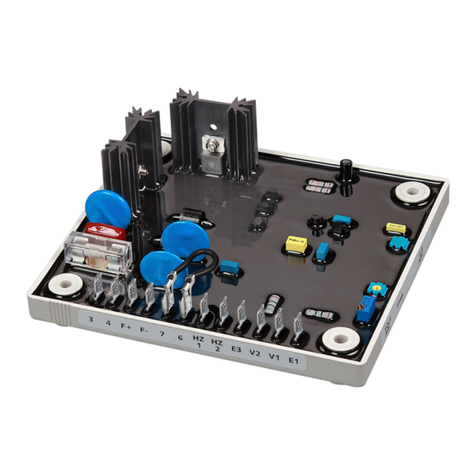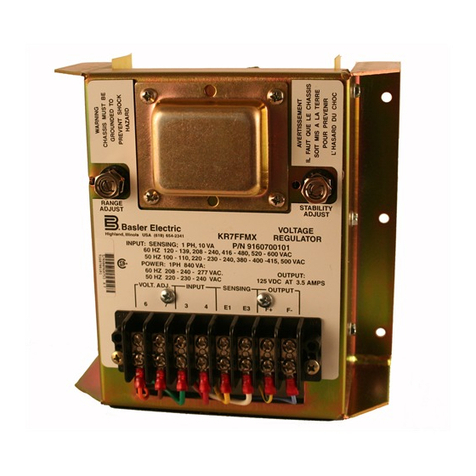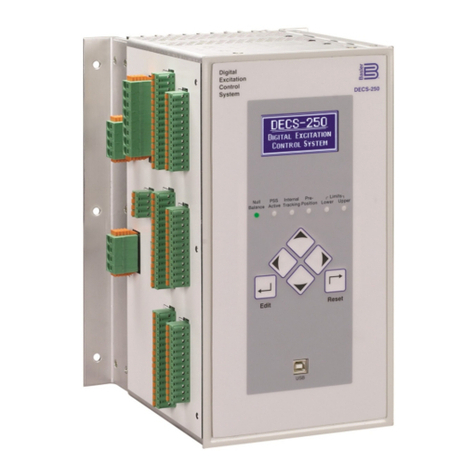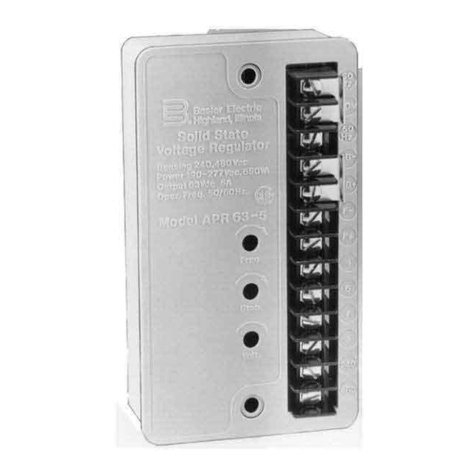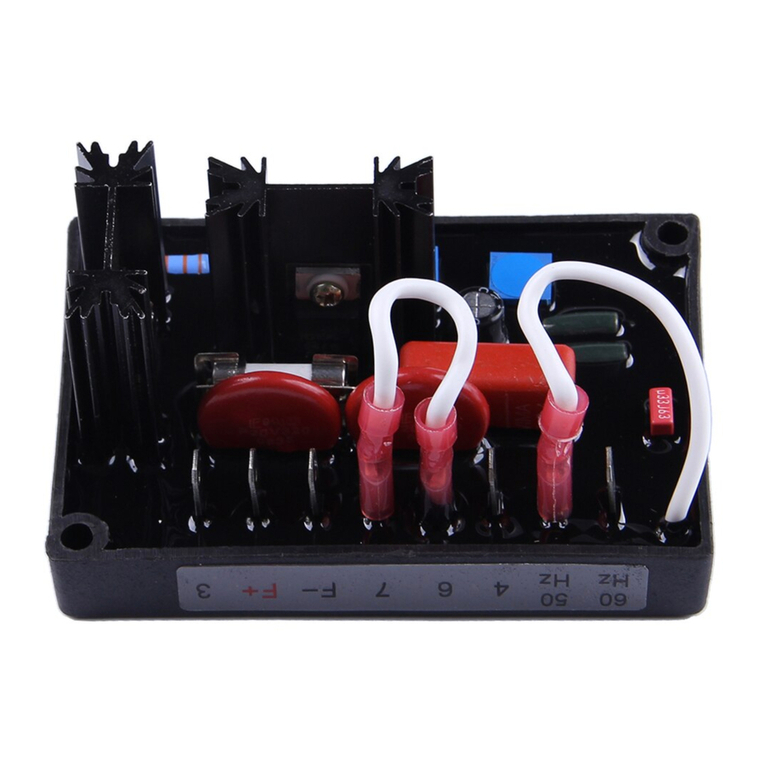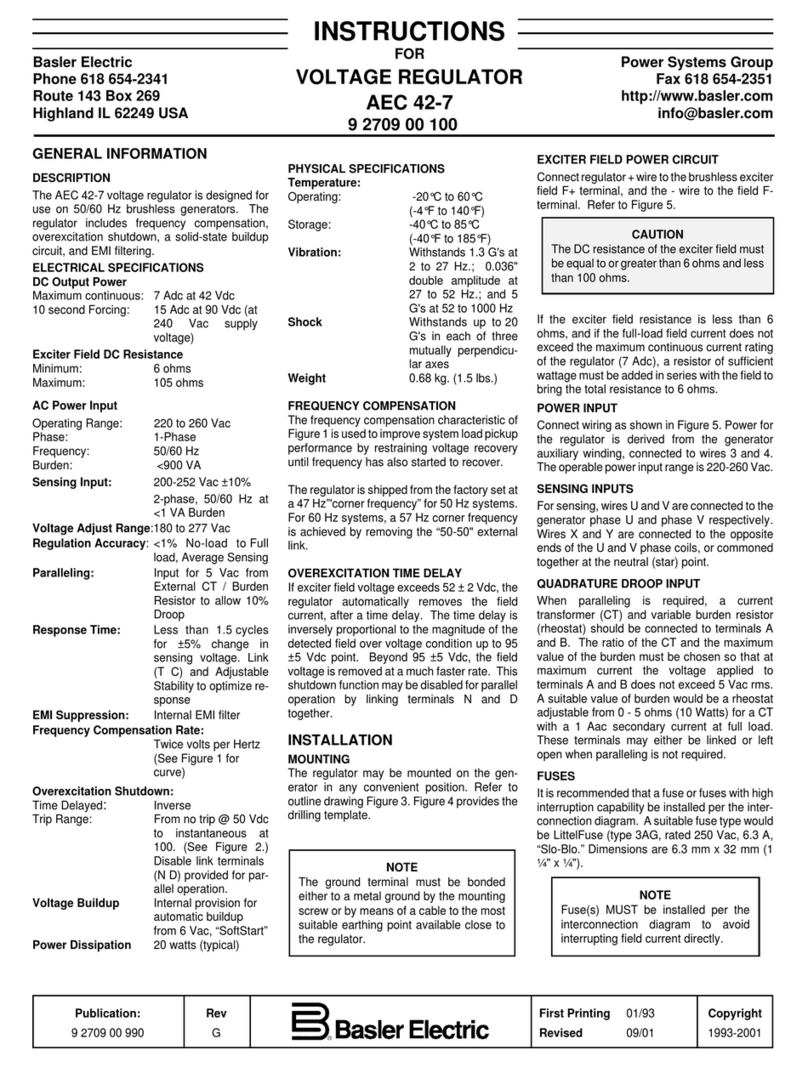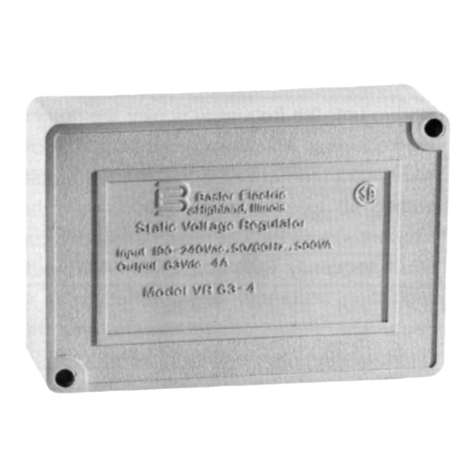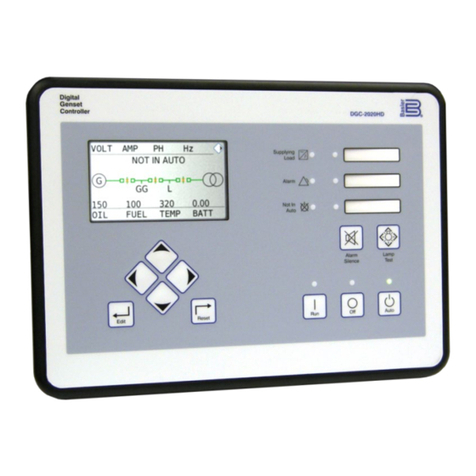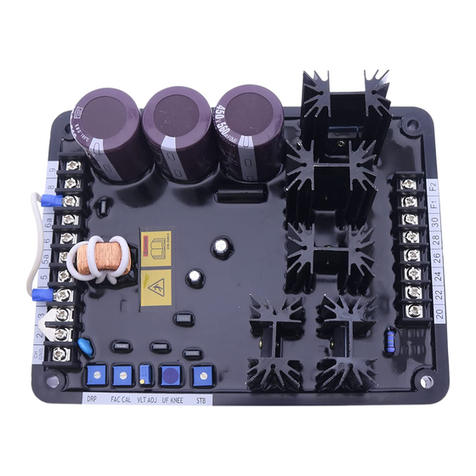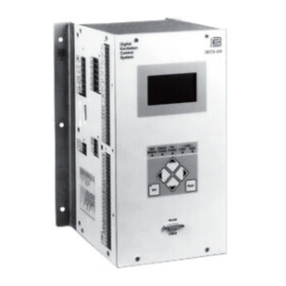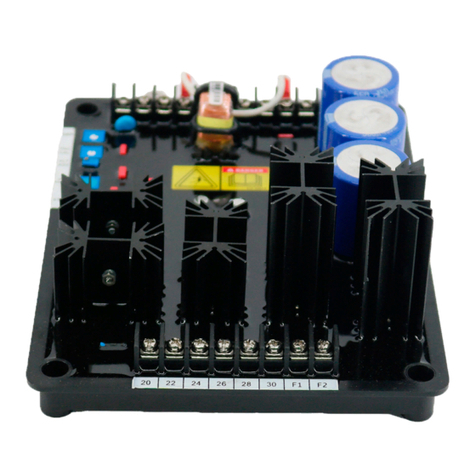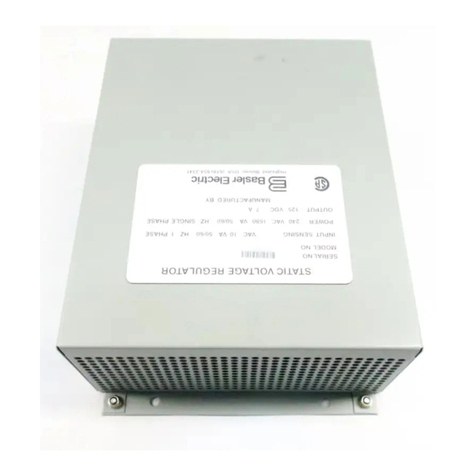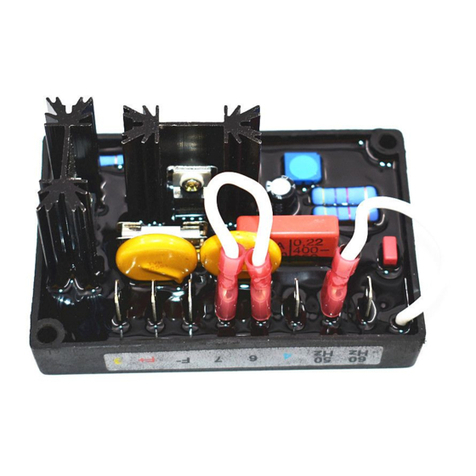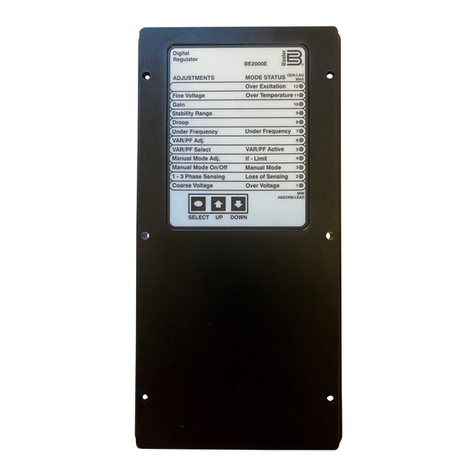
911000099Y Rev T SCP 250 Introduction iii
CONTENTS
SECTION 1 •GENERAL INFORMATION ................................................................................................ 1-1
INTRODUCTION................................................................................................................................. 1-1
FEATURES ......................................................................................................................................... 1-1
APPLICATION .................................................................................................................................... 1-1
Generator Peaking Application (SCP 250-G)............................................................................... 1-1
Synchronous Motor Application (SCP 250-M).............................................................................. 1-1
Isolated Bus Applications ............................................................................................................. 1-2
PART NUMBERS................................................................................................................................ 1-2
SPECIFICATIONS .............................................................................................................................. 1-2
Voltage Sensing and Input Power ................................................................................................ 1-2
Current Sensing............................................................................................................................ 1-2
Output Signal................................................................................................................................ 1-2
Enable Contact ............................................................................................................................. 1-2
Control Accuracy .......................................................................................................................... 1-2
Type Tests .................................................................................................................................... 1-3
UL Recognition ............................................................................................................................. 1-3
GOST-R Certification.................................................................................................................... 1-3
Operating Temperature ................................................................................................................ 1-3
Weight........................................................................................................................................... 1-3
SECTION 2 •CONTROLS ........................................................................................................................ 2-1
CONTROLS ILLUSTRATION AND DESCRIPTION........................................................................... 2-1
SECTION 3 •FUNCTIONAL DESCRIPTION ........................................................................................... 3-1
INTRODUCTION................................................................................................................................. 3-1
INPUTS ............................................................................................................................................... 3-1
COMPARATOR AND ERROR AMPLIFIER........................................................................................ 3-1
VOLTAGE LIMITING........................................................................................................................... 3-2
CONTROL RELAY.............................................................................................................................. 3-2
SECTION 4 •INSTALLATION .................................................................................................................. 4-1
GENERAL ........................................................................................................................................... 4-1
MOUNTING......................................................................................................................................... 4-1
CONNECTIONS.................................................................................................................................. 4-3
Interconnection Diagrams............................................................................................................. 4-3
Remote Control of the SCP 250 .................................................................................................4-19
SECTION 5 •OPERATION....................................................................................................................... 5-1
INTRODUCTION................................................................................................................................. 5-1
GENERATOR APPLICATIONS .......................................................................................................... 5-1
Preliminary Adjustments for Var Control ...................................................................................... 5-1
Preliminary Adjustments for Power Factor Control ...................................................................... 5-2
MOTOR APPLICATIONS.................................................................................................................... 5-3
Preliminary Adjustments for Power Factor Control ...................................................................... 5-3
Figures
Figure 2-1. SCP 250 Controls ................................................................................................................... 2-1
Figure 3-1. SCP 250 Function Block Diagram .......................................................................................... 3-1
Figure 4-1. SCP 250 Outline and Drilling Dimensions .............................................................................. 4-2
Figure 4-2. AVC63-12/AVC-125-10 and SCP 250-G Connections ........................................................... 4-4
Figure 4-3. KR-F/KR-FF and SCP 250-G Connections............................................................................. 4-5
Figure 4-4. KR-F/KR-FF and SCP 250-M Connections ............................................................................ 4-6
Figure 4-5. MVC 236, RA-70, AND SCP 250-M Connections .................................................................. 4-7
Figure 4-6. SR-A and SCP 250-G Connections ........................................................................................ 4-8
Figure 4-7. SR-A and SCP 250-M Connections........................................................................................ 4-9
Figure 4-8. SR-E/SR-F/SR-H and SCP 250-G Connections................................................................... 4-10
Figure 4-9. SR-E/SR-F/SR-H and SCP 250-M Connections .................................................................. 4-11
Figure 4-10. SSE and SCP 250-G Connections ..................................................................................... 4-12
